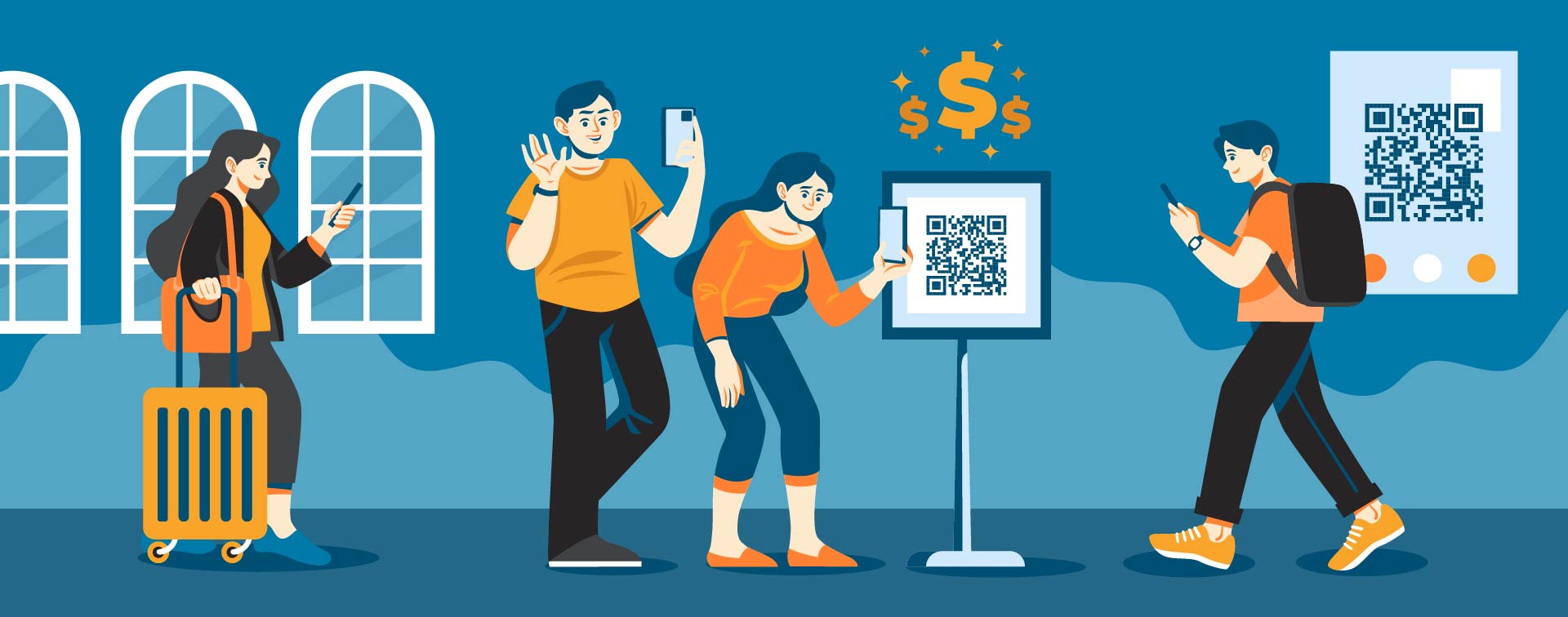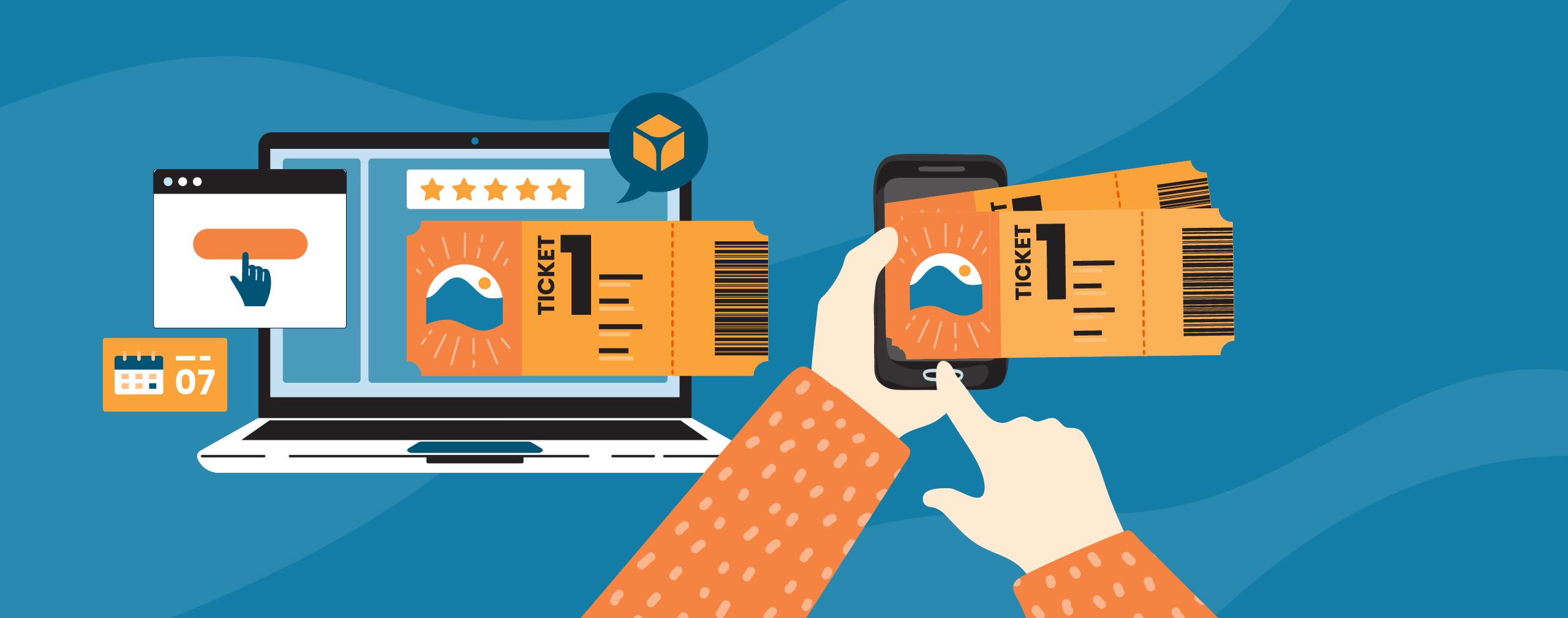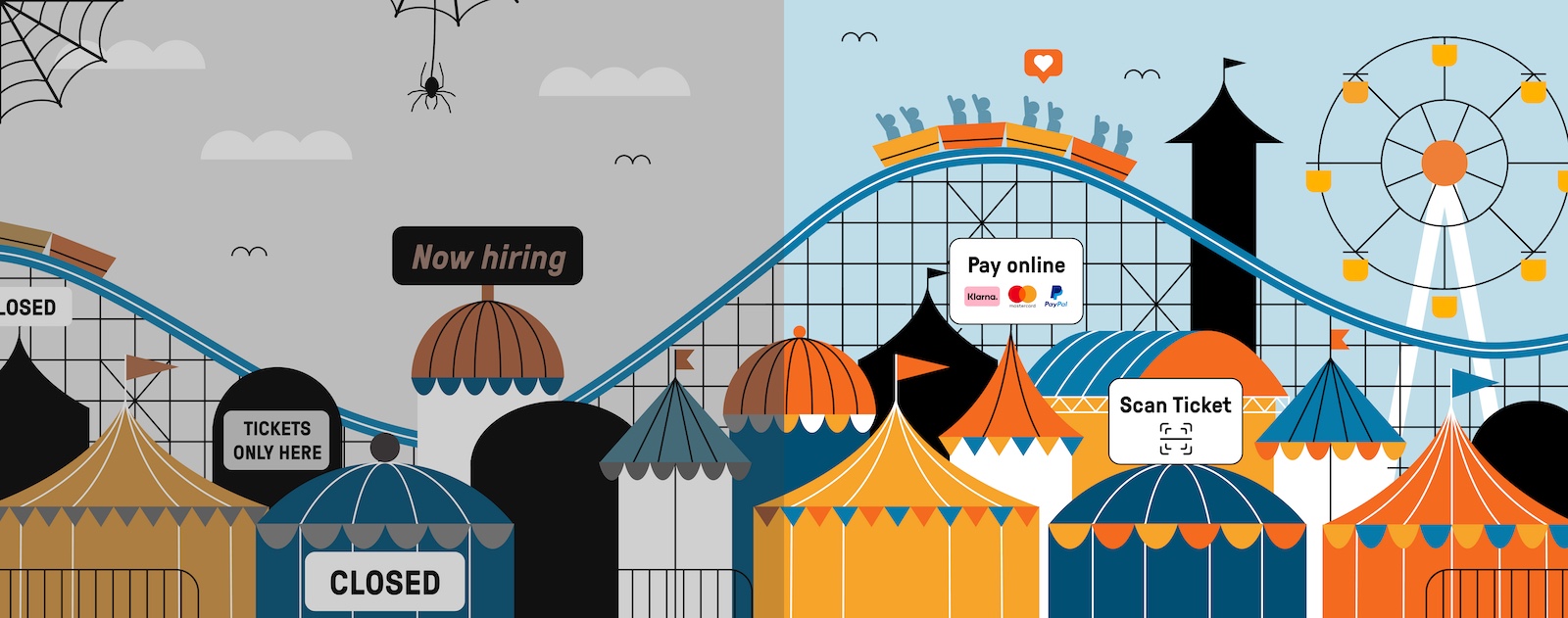The top payment methods for experience providers in 2024
Tips & Advice
In view of the large selection of payment methods, experience providers are often faced with the question of which options to offer and, above all, how to keep an overview! This is where booking systems such as bookingkit come into play. Not only do they offer an extensive repertoire of payment methods in one go – without the hassle of negotiating and registering with each individual provider, such as Giropay or credit card companies. Another not insignificant advantage of a booking solution is that the fees for using these payment methods are often negotiated in framework agreements and are therefore significantly lower.
However, the most useful advantage of many payment methods only becomes apparent in everyday life:
Ideally, booking systems collect all bookings in a central location and automatically assign the current payment status to them – regardless of the payment method. This eliminates the need for manual reconciliation and providers have an immediate overview of everything.
Booking systems offer the following advantages when paying:
- Just one step: all-in-one packages with many different payment methods
- Saves money: lower fees through framework agreements
- Appeals to: Favorite payment method for every target group
- Saves time: Automatic payment reconciliation with bookings
- Creates an overview: all bookings and payments centrally at a glance
The right mix of payment methods
Providing different payment methods is not only a sign of customer proximity and service orientation, but also a strategic step to increase conversion rates and boost sales. This is because customers are extremely convenient and value flexibility – if they cannot find their preferred payment method, they may abandon the purchase process and switch to a competitor that better meets their needs. In addition, the variety of payment methods offered reflects, for example, your international claim or the local adaptability of a company. And that goes down particularly well in markets with specific payment preferences!
However, choosing the “right” payment methods should go beyond a mere accumulation of options. It’s about developing a deep understanding of the customer base and analyzing their payment habits in detail. Different markets and customer segments prefer different forms of payment based on factors such as security, convenience, speed and cost. For example, customers in some European countries prefer bank transfers, while in other regions mobile payments or e-wallets dominate.
By offering customized payment solutions that are tailored to the specific preferences and needs of your target group, you can not only improve customer satisfaction, but also strengthen trust in your brand and ultimately consolidate your market position.
We have compiled some of the most important payment methods supported by bookingkit.
Online payment
Payment by credit card
Payment by credit card, such as Visa, Mastercard or smaller providers such as Cartes Bancaires (France), is probably one of the oldest modern methods. Without them, the development of online commerce in the last two decades would certainly have been somewhat slower. Their biggest advantage is that credit cards were already established in the offline world and still are. For example, credit card readers can be used to make payments by credit card in many places, such as restaurants, petrol stations and department stores.
By using the credit card number and a security PIN, it is relatively easy to extend the use of the credit card to online purchases. Payment processing is then very fast. Here too, credit card companies ensure that paid services are provided and vice versa.
One major advantage of credit cards is that their holders must be 18 years old. This makes it very easy to implement offers with the necessary age verification, such as experiences involving driving vehicles or, of course, content aimed at adults, such as a tour of the Reeperbahn.
Collection by SEPA direct debit
With the direct debit procedure, buyers allow the seller to collect the amount due directly from their account – by direct debit authorization. Of course, the account details, such as the account holder, bank name, account number and sort code or IBAN and BIC, as well as an authorization (by ticking a box) must be transmitted.
This method is therefore also one of the cashless payment methods and, due to its security for the seller, is considered a permanent fixture in online trading, even if it may seem a little antiquated to some.
Payment by bank transfer
Bank transfer with Giropay
The giropay web app is an online transfer procedure authorized by German banks. All transactions and information transfers take place in the sovereignty of the respective bank, i.e. on bank websites specifically provided for this procedure and not on non-bank websites!
However, this also means that the use of Giropay only works with an account at a bank that also participates in this procedure.
The way it works is similar to PayPal: The customer selects Giropay and their bank when checking out. They are then redirected to the bank’s website, where they log in with their online banking details and confirm the purchase with a TAN. After a successful transaction, they are returned to the original page and can look forward to their experience.
Bank transfer with EPS
The eps payment system, which is widely used in Austria, enables secure online payments by processing transactions directly via the protected online banking system of the user’s bank. When using eps, there is therefore no need to create a separate account with a payment service provider or install an additional app; simply log in using your existing online banking access data. Your customers are forwarded directly to their online banking, which clearly separates the ordering process from the payment process.
Bank transfer with iDeal
Since its launch in 2005, iDEAL has established itself as the dominant online payment solution in the Netherlands, covering almost 100% of consumers there. This payment method allows users to pay directly via their bank. Consumers have various options to authorize their transactions: They can do this either on the iDEAL payment page using a QR code, by a simple confirmation in their banking app that verifies their identity, or in the traditional way via their bank.
Bank transfer with Bancontact
In Belgium, Bancontact leads the field of online payment systems with more than 15 million cards in use. Customers use either a Bancontact card or the corresponding app, which is linked to a Belgian current account, for transactions. When using Bancontact to book tickets, users are first redirected to the Bancontact website or app to authorize the payment. After payment confirmation, they are redirected back to the original website where they immediately receive feedback on the status of their transaction.
Transfer with P24
Przelewy24 (P24) is a Polish online payment service provider that enables customers to process transactions via bank transfers and other methods. In Poland, 80-90% of all online purchases are made via bank transfers, and P24 cooperates with more than 150 banks.
If customers use P24 for their payments, they are redirected to the website of their respective bank. There they authorize the payment and receive immediate feedback as to whether the payment was successful or not.
Buy now, pay later
Invoice & payment in advance
Payment by invoice is still an important payment method, especially for corporate customers. After completing the booking or purchase, the customer receives all the necessary information by email, such as the name of the bank, the account number and sort code or IBAN and BIC as well as a corresponding invoice number for precise allocation.
After the invoice has been checked or “approved by the boss”, the invoice amount is then transferred independently by the customer. While the payment of such an invoice can also be made after the service has taken place, i.e. after the company event or the diving course, only those who have already paid may dive in the case of advance payment.
Payment on site

Cash payment
Cash is the epitome of offline payment but has long since become an integral part of the retail experience. Many customers in stores or at the point of sale (POS) appreciate not only the personal contact but also the commitment of cash, the direct feedback after the “coin handover” and the feeling of paying. Cash can be seen, touched and counted – in many cases, the latter is even fun for the vendor!
Payment systems
Those who want to benefit from the advantages of personal customer contact but do not want to forego the advantages of cashless payment methods usually rely on separate payment systems, such as SumUp. Such systems enable the seller to accept various payment methods on site. The most important of these include payment by Girocard, also known as EC card, and by credit card. But modern contactless methods, such as Apple Pay or G Pay, are also part of the canon of options. In the case of SumUp, cash payments are also recorded at the same time.
Find out more about SumUp & bookingkit here.
Payment by voucher
From the customer’s perspective, vouchers and multi-tickets are also cashless payment methods. Although these have already been purchased in very different ways, they are then used as a cashless on-site payment method when redeemed. While vouchers are traditionally used once to participate in an event, tour or concert, multiple tickets offer multiple access to dance classes, cooking workshops or sports facilities.
Here are 15 simple tips on how to sell more vouchers online
Payment is just one of the many advantages of a booking system. If you are interested, you can find more information about the functions a modern booking system needs to offer here.
You can download the appropriate checklist here free of charge.










